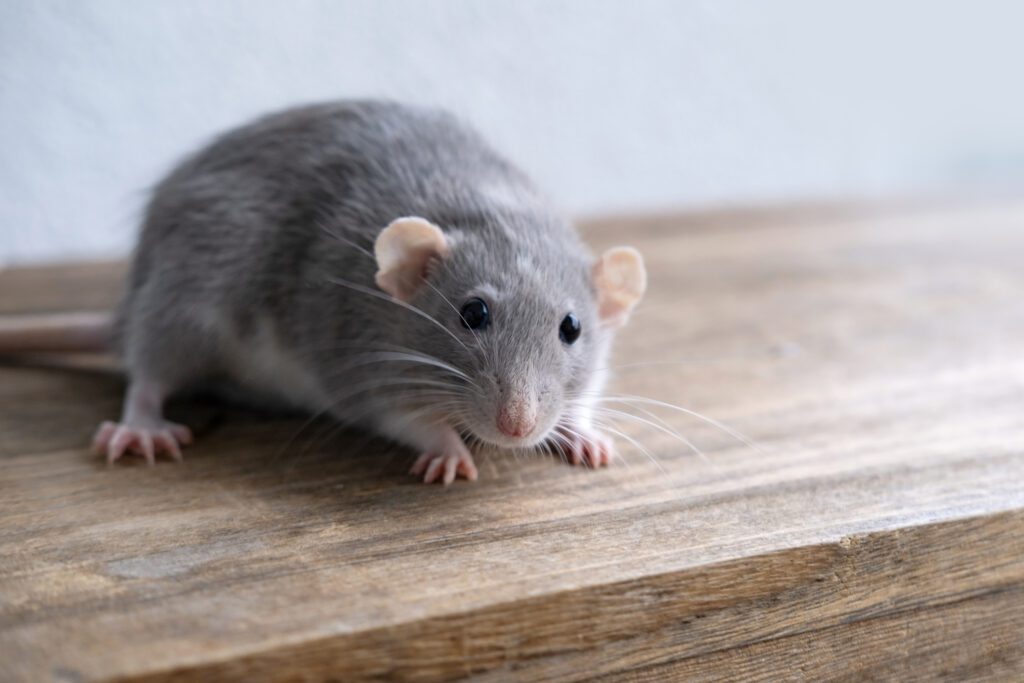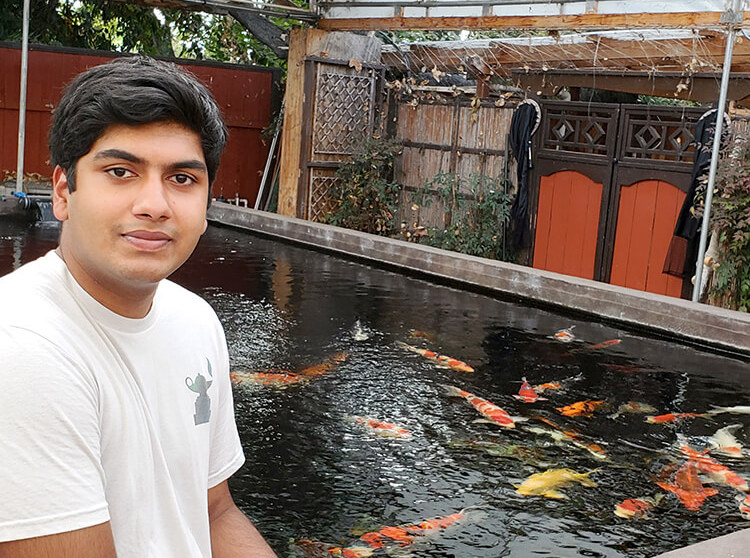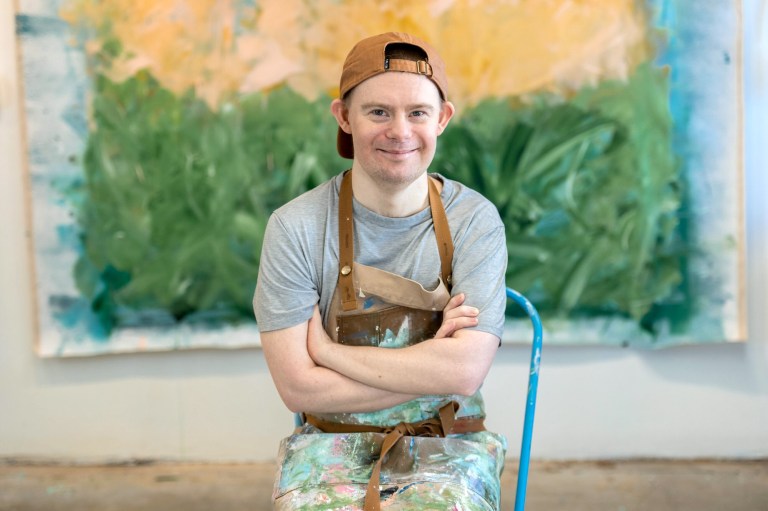Science has long shown that play is beneficial to humans: In children, the behavior aids in emotional and cognitive development, and in adults, playfulness has been linked to an increased ability to cope with stress.
Now, a recent study has added to that body of research by investigating which neural circuits are involved in play — and the findings could lead to a better understanding of how it can be used in therapeutic settings.
Publishing their work in the journal Cell, a team of scientists sought to analyze rats’ neural activity during play, specifically looking at whether or not neurons within a region called the periaqueductal gray, or PAG, lit up. The PAG is a structure involved in instinctive behaviors like pain perception and defense mechanisms, and the team hypothesized that play is also an instinctive behavior.
To test this, they put on their gloves and began tickling the rats. According to The Washington Post, the animals enjoy being tickled, as evidenced by their emitting vocalizations akin to laughter in humans. 
“They’re vocalizing a lot during the tickling,” lead author Natalie Gloveli, a graduate student at the Bernstein Center for Computational Neuroscience Berlin, told the outlet. “And they jump around when they’re being tickled. They look for your hand, they chase your hand.”
RELATED: Bumblebees “Play,” First-of-Its Kind Study Finds: “It Is Mind-Blowing”
She and her colleagues observed that a significant increase in neural activity within the PAG occurred as the rats were being tickled. The team then blocked activity in those cells, and found that doing so interfered with the rats’ ticklishness and desire to play.
“The really surprising thing about this paper is that the PAG is not only involved in producing the behavior that’s used in play, but it actually seems to be involved in the motivation to engage in play,” said Sergio Pellis, a behavioral neuroscientist at the University of Lethbridge in Alberta, Canada, who was not involved in the study.
These findings, and understanding the neurobiology of play in general, “may assist in developing targeted interventions to help people, especially children, struggling with the absence or dysregulation of such states due to underlying medical conditions or environmental circumstances,” added Gloveli.
And per Pellis, the results of the rats study also confirm just how deeply ingrained play is — as well as the “potential value of play being used therapeutically.”
Play therapy has been used for decades in mental health settings in the treatment of both adults and children, and is defined by the Association for Play Therapy as “the systematic use of a theoretical model to establish an interpersonal process wherein trained Play Therapists use the therapeutic powers of play to help clients prevent or resolve psychosocial difficulties and achieve optimal growth and development.”
Inspired by the rats to start incorporating more play into your life? Read on for some expert tips.
But First — What Is Play?
According to Jeff Harry, a positive psychology coach who speaks internationally on the importance of adults infusing play into their daily lives, it’s all about immersing yourself in a moment. “I define play as any joyful act where you forget about time,” he explained on an episode of the NPR podcast Life Kit, adding: “It’s when you are your you-est you.”
Dr. Stuart Brown, founder of the National Institute for Play, agrees. In his book Play: How it Shapes the Brain, Opens the Imagination, and Invigorates the Soul, he defines it as a “state of mind that one has when absorbed in an activity that provides enjoyment and a suspension of sense of time.”
Learn Your Play Style
Based on thousands of interviews and observations throughout his career, Brown delineated eight types of play personalities that adults fall into: the storyteller, the collector, the competitor, the creator/artist, the director, the joker, the kinesthete, and the explorer. Understanding which personality type, or types, you identify with may help you make space for the kinds of playful activities that you’ll connect to the most.
Learn about each personality, and take a short quiz to find out yours.
Challenge Your Inner Critic
One thing that can hinder our attempts at playfulness as adults is our inner critic — the voice inside our heads that often tells us we’re being embarrassing or saying or doing something wrong. Harry recommends engaging with your inner critic to get a better sense of how much of its feedback is just plain untrue. Speaking to Life Kit, he suggested going as far as naming the critic — something goofy, preferably — and then writing down all the things it says.
Then, cross out the negative statements and replace them with opposite sentiments about yourself. Next time you’re in a playful moment and your inner critic shows up, you can kindly inform them that you’re hanging out with your inner child now instead.
Think Back to Childhood
Remind yourself what it is that you find fun by reminiscing about your youth, recommends Meredith Sinclair, a former schoolteacher and author of Well Played: The Ultimate Guide to Awakening Your Family’s Playful Spirit.
“When you were a child, what were your favorite ways to play?” she elaborated to the New York Times. “And when was the last time you had these same types of feelings as an adult? What current activities bring you close to that same unabashed feeling you had as a youngster?”
Recalling those activities can help you pick up a new hobby, adapted for adulthood, perhaps. If you loved rolling down hills as a child, consider finding a grassy park near you and running (or rolling) to your heart’s content. If you loved drawing, pick up an adult coloring book and unwind with it on the weekends.
Incorporate Micro Moments
Sinclair also suggests taking advantage of small opportunities to play throughout the day. Per The Times, “It could be dancing in the kitchen while you cook dinner or reading something that makes you laugh while you’re in the grocery line. Belting out a song during your drive home.”
Indeed, music in particular is a great way to add more play into your life. In a 2020 blog post, Brown emphasized the ability of song and dance to activate joy and produce “states” of play.
Try making yourself a playlist with uplifting songs you can sing and move along to as you run errands, work, or just hang out. Here’s one to get you started.











